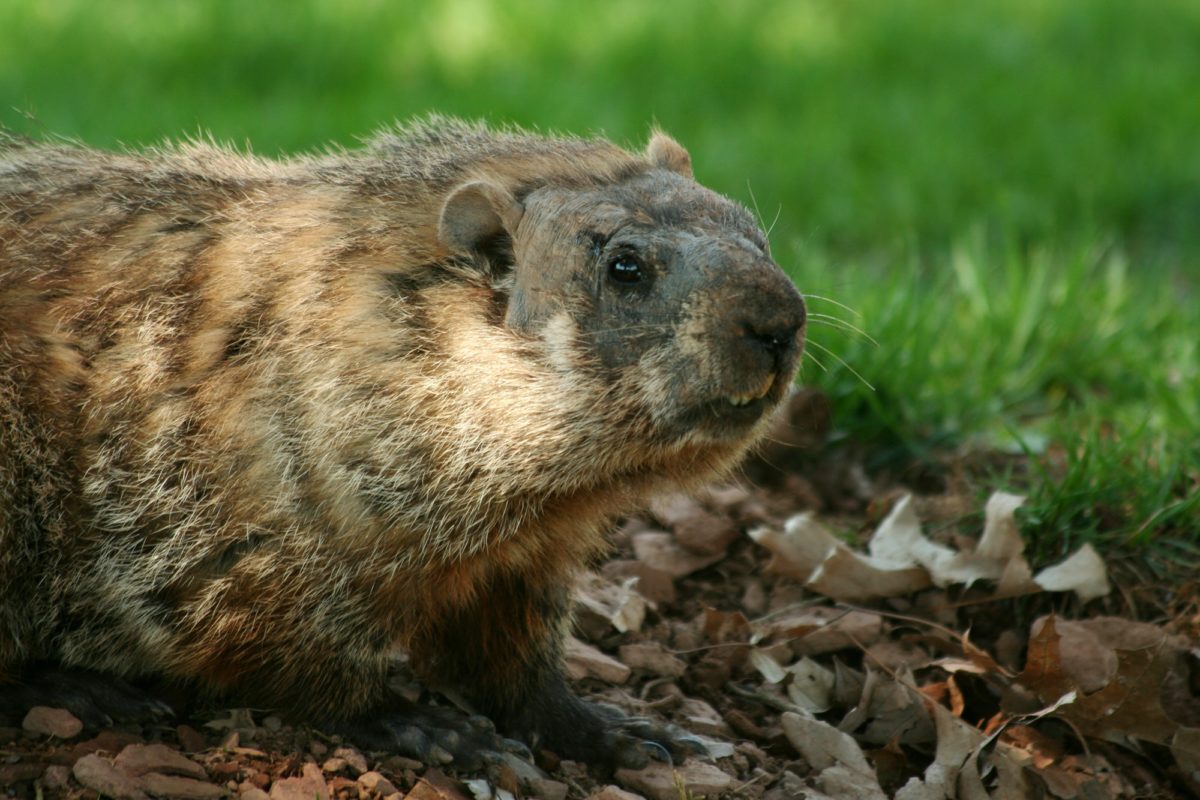I hog the ground: Groundhog’s Day 2021
I think everyone is feeling a bit like the movie Groundhog’s Day with Bill Murray of late. With our social and work lives hit by restrictions, it’s hard not to feel that every day is the same. After all, being in the same place with the same routine for nearly a year now (at least for me!) is taking its toll.
“I wake up every day, right here, right in Punxsutawney, and it’s always February 2nd, and there’s nothing I can do about it.”
—Bill Murray as Phil Connors in Groundhog Day
I am not a big fan of the movie. I still don’t quite get it, even though it has a cult following.
But the holiday itself? It’s sort of a big deal in our house. One of my daughters latched onto it when very young, thanks to an episode of Jack’s Big Music Show. (By the way, if you haven’t seen the old Nickelodeon show, find it. It’s awesome. And that episode features Jon Stewart as Reporter Brunk Stinegrouber in an homage to Bill Murray. And there’s a video of Steve of Blues Clues fame doing heavy metal for kids in a song called I Hog the Ground.)
And although many people know the movie – and maybe now the lost Groundhog Day episode of Jack’s Big Music Show, many don’t really know why we celebrate the holiday at all. Have you ever wondered about where it came from? Here is a little bit of trivia and information about the history of Groundhog Day.
According to the legend, if a groundhog comes up from his hole on February 2 and happens to see his shadow (meaning the day is sunny), then winter will continue for six more weeks. If it happens to be cloudy and the groundhog doesn’t see his shadow, then spring is said to be “just around the corner.”
 First of all, February 2 is not really that close to spring in the northern hemisphere. With the Spring Solstice arriving in mid-March, it seems that winter is supposed to last six weeks past February 2 anyway. This discrepancy is probably due to the meshing of two versions of the calendar – one that has spring beginning much earlier when the days first begin to lengthen noticeably at the end of January, and the other that marks the Solstice in March.
First of all, February 2 is not really that close to spring in the northern hemisphere. With the Spring Solstice arriving in mid-March, it seems that winter is supposed to last six weeks past February 2 anyway. This discrepancy is probably due to the meshing of two versions of the calendar – one that has spring beginning much earlier when the days first begin to lengthen noticeably at the end of January, and the other that marks the Solstice in March.
Groundhog Day likely began as a Pennsylvania German tradition in the late 18th century. The custom is said to have originated in Europe, where a badger or bear is seen as a weather predictor. In Pennsylvania, apparently, folks were rather short on bears and badgers and turned to the more plentiful groundhog.
There was likely a Pagan influence, too. The feast of Imbolc on February 1 is the point where the Celtic calendar turns and spring is heralded.
The first actual reference to Groundhog Day as an American holiday comes to us from a diary entry dated February 4, 1841. This diary was kept by a storekeeper named James Morris. In this particular entry, James referred to the previous Tuesday which was February 2 as “Candlemas Day.”
He wrote that this was the day when the Germans say the groundhog comes out of his winter burrow and if he sees his shadow, he pops back in for six more weeks of sleep. James also wrote that if the groundhog didn’t see his shadow due to cloudy weather, then the weather would be “moderate.”
Scottish and English poetry, while not making reference to any particular furry animal, does refer to the weather on Candlemas being a harbinger of spring or continual winter. A sunny Candlemas meant an extension of winter, while a cloudy one meant spring was coming soon.
But here’s the thing about the famous groundhog, Punxsutawney Phil: he’s only accurate 39% of the time. That’s okay. It just shows we all make mistakes but just need to keep trying.
Hmmm… isn’t that part of the lesson of the Groundhog Day movie: keep trying until we get it right?






